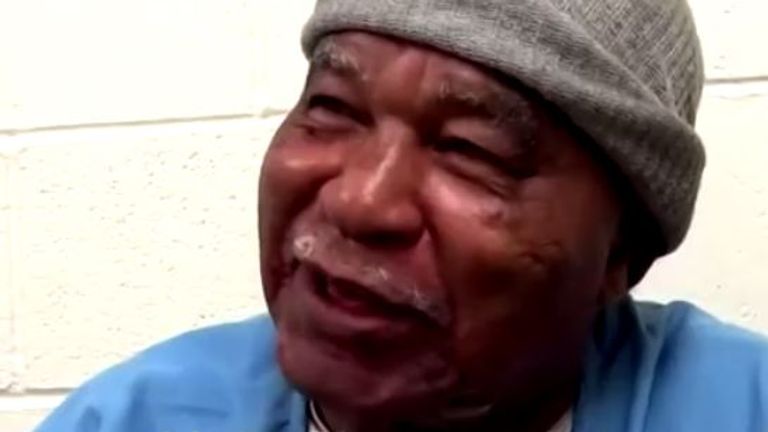Samuel Little: Most prolific serial killer in US history dies in California hospital
A convicted murderer, considered by the FBI to be the most prolific serial killer in US history, has died at a hospital in California.
Samuel Little, who had been serving three consecutive life sentences for the killing of three women in Los Angeles County during the 1980s, ultimately confessed to killing 93 people.
The state corrections department said the 80-year-old died on Wednesday, but that an official cause of death would be determined by the county medical examiner’s office.
Little was convicted of the three murders in September 2014 after his DNA was found at the crime scenes.
Before that, he served two sentences, including a four-year term ending in 1987 for assault with a deadly weapon and false imprisonment, and another spell of around 14 months ending in April 2014.
When interviewed by a Texas Ranger in his California prison cell in 2018, Little began confessing to further murders, according to the FBI.
He ultimately admitted strangling dozens of people across the country between 1970 and 2005, and drowning one of his victims.
The agency says investigators have since verified 50 of his 93 confessions, with many more needing final confirmation, making him the deadliest US serial killer on record.
Little is said to have targeted mostly vulnerable, young black women – many of them prostitutes or drug addicts, whose deaths escaped the headlines and in some cases were not recorded as homicides.
According to the only FBI profile of him, many of his victims’ deaths were originally ruled overdoses, or considered accidental. Some causes of deaths were undetermined and some bodies were never found.
FBI videotapes made during his confessions showed Little wearing blue prison scrubs and a cap, appearing to be bemused or smiling as he recounted the killings.
In a statement, the state Department of Corrections and Rehabilitation said he had been incarcerated in Lancaster, California, north of Los Angeles, but died early yesterday morning at a hospital outside the prison.
Source: Read Full Article




